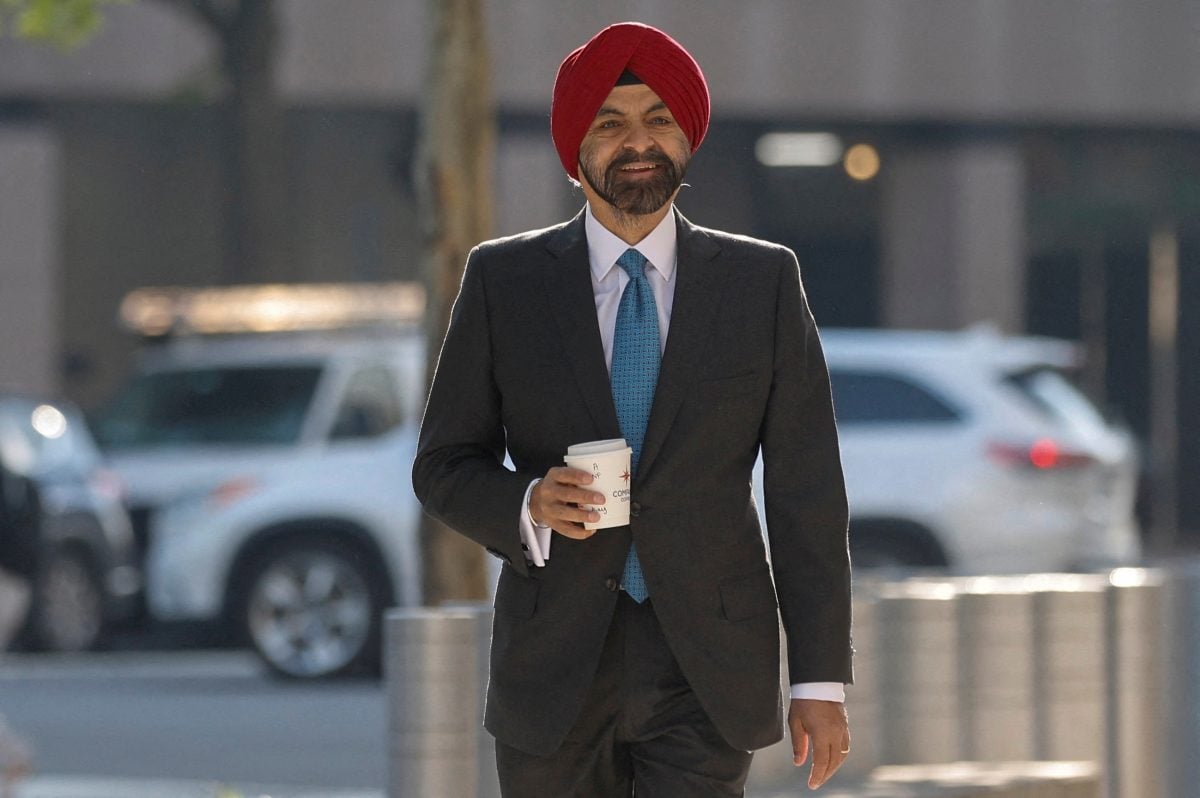(Reuters) – World Bank President Ajay Banga unveiled new plans today to stretch the bank’s balance sheet and help countries tackle climate change and other challenges, but said a capital increase would still eventually be needed.
Banga, a former Mastercard CEO who took over the helm of the World Bank on June 2, announced the new proposals to “make our balance sheet work harder” during a meeting of finance officials from the Group of 20 major economies in Gandhinagar, India.
The new steps, still being discussed with shareholder countries, come on top of initial steps approved in April that will boost World Bank lending by up to $50 billion over the next decade.
The U.S., the bank’s biggest shareholder, kicked off the push for reforms in October, later nominating Banga to succeed former president David Malpass with a specific mandate to accelerate the evolution of the nearly 70-year-old institution.
U.S. Treasury Secretary Janet Yellen this week called for more work to reform the World Bank and other multilateral development banks, saying capital increases would be on the table only after they undertook changes to expand their capacity to help countries tackle climate change and other challenges.
“We are making quick progress,” Banga said in a prepared text of his remarks. “We are building a better bank, but eventually we will need a bigger bank.”
The plans could generate tens of billions of additional lending by allowing shareholders to guarantee loans if countries cannot repay them, a move the World Bank said would allow it to generate $6 in new lending for every $1 in guarantees over a 10-year period – or $30 billion for every $5 billion.
In another step, the bank could also issue a new hybrid capital instrument that would allow shareholders to invest in bonds, allowing it to boost lending by up to $6 billion.
It proposes to absorb more risk and expand lending by widening conditions for callable capital – money pledged by governments but not currently “paid-in.”
And it plans to expand very low or zero-interest lending, including through a new $6 billion crisis facility set up for the poorest countries through the International Development Association.

